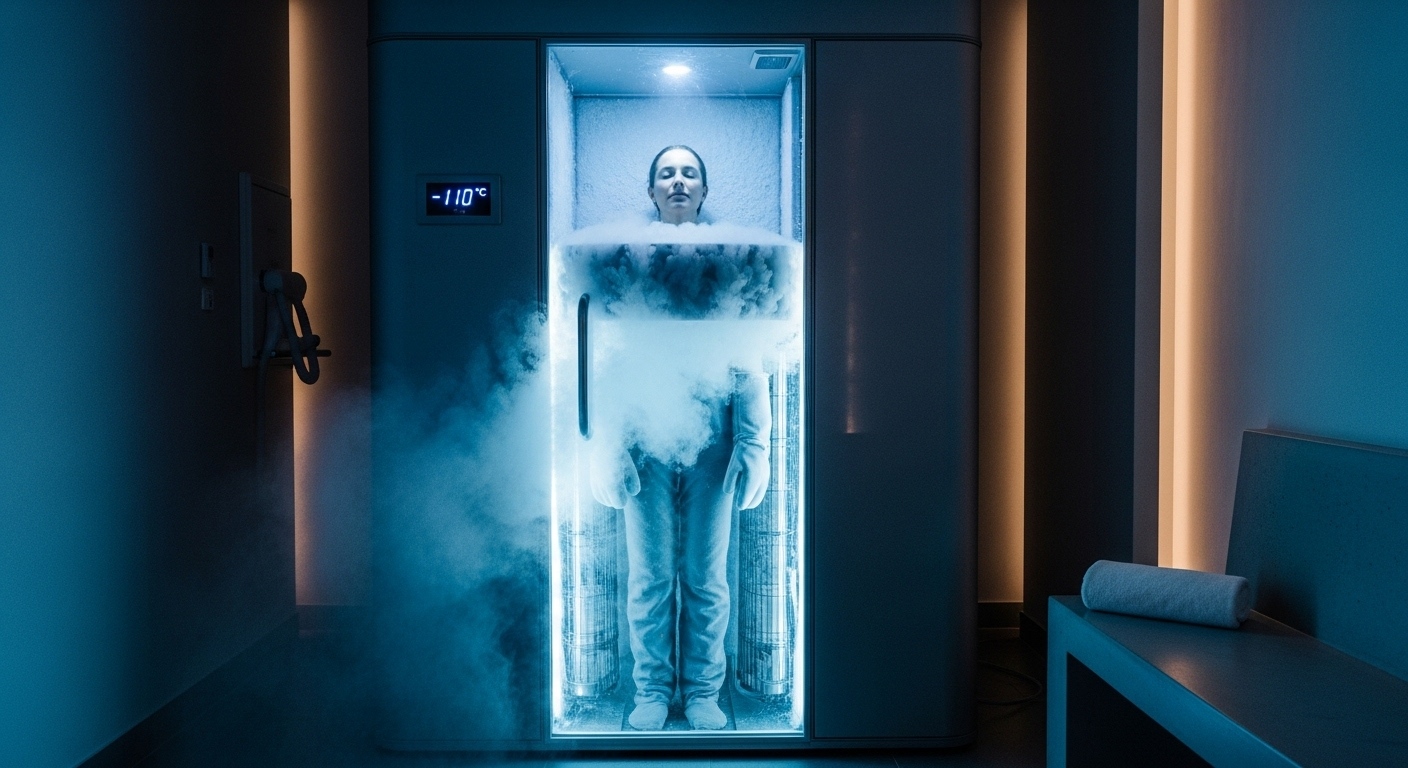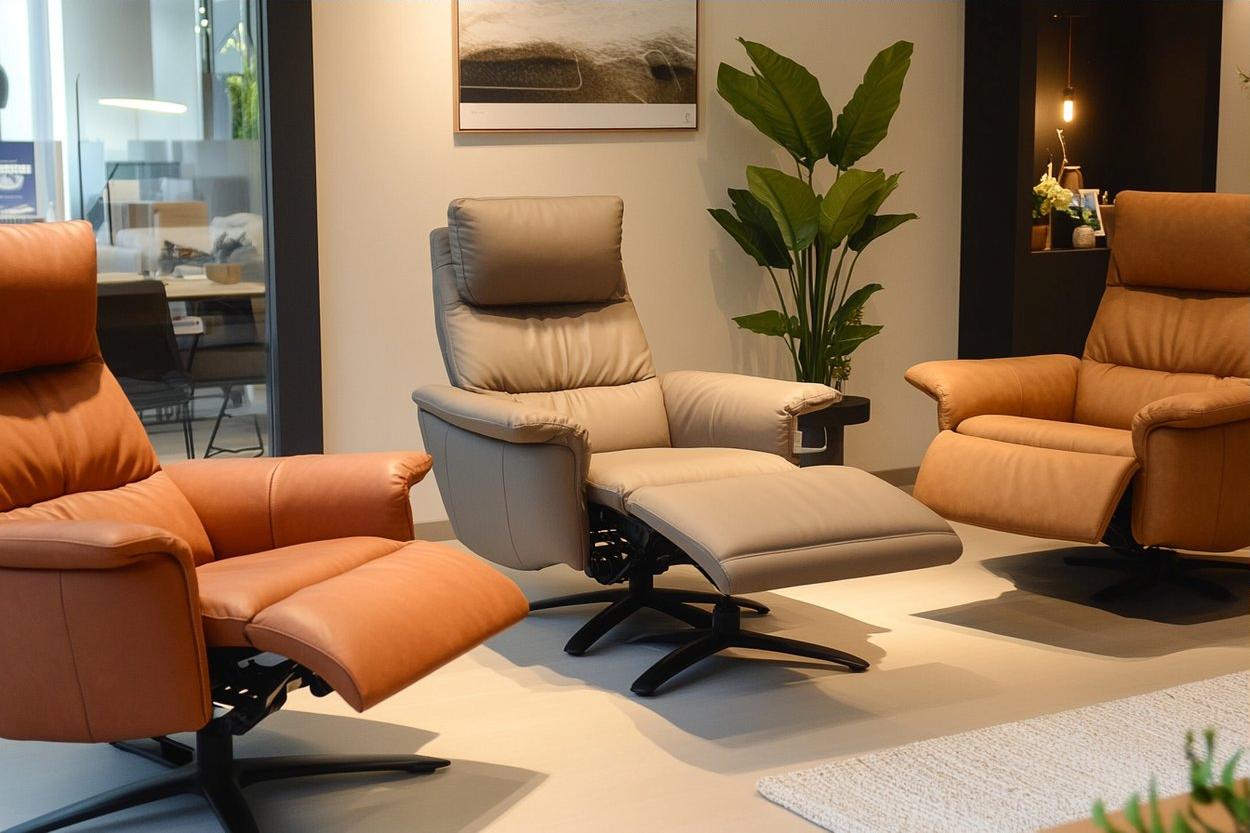Cryotherapy: The Cold Path to Wellness
In the ever-evolving landscape of beauty and fitness, a chilling trend has emerged, quite literally freezing its way into the spotlight. Cryotherapy, once reserved for elite athletes and medical treatments, has now become a sought-after wellness practice for those seeking innovative ways to enhance their physical appearance and overall health. This extreme cold therapy, which exposes the body to subzero temperatures for short periods, promises a myriad of benefits that have captivated the attention of wellness enthusiasts and skeptics alike. As the practice gains momentum, it's crucial to explore the science behind the ice, the potential risks, and the transformative effects that have made cryotherapy a hot topic in the cool world of wellness.

The roots of cryotherapy can be traced back to ancient civilizations, where cold therapies were used to treat various ailments. However, the contemporary form of whole-body cryotherapy was developed in Japan in the 1970s by Dr. Toshima Yamauchi, who used it to treat rheumatoid arthritis. Since then, the practice has evolved and expanded, finding applications in sports medicine, pain management, and now, beauty and wellness.
The Science of Subzero: How Cryotherapy Works
When the body is exposed to extreme cold, it initiates a survival response that triggers several physiological changes. Blood vessels constrict, redirecting blood flow from the extremities to vital organs. This process, known as vasoconstriction, is believed to help reduce inflammation and swelling throughout the body. As the body warms up post-treatment, blood flow increases, potentially delivering more oxygen and nutrients to tissues and organs.
Additionally, cryotherapy is thought to stimulate the release of endorphins, the body’s natural pain-relieving and mood-elevating hormones. Some proponents claim that the practice can boost metabolism, as the body works to rewarm itself, potentially burning hundreds of calories in the process. While these mechanisms are supported by some scientific evidence, more research is needed to fully understand the long-term effects and optimal protocols for cryotherapy.
Beauty on Ice: Cryotherapy’s Cosmetic Applications
In the beauty world, cryotherapy has gained traction for its potential to improve skin appearance and combat signs of aging. The extreme cold is said to tighten pores, increase collagen production, and improve skin elasticity. Some enthusiasts report a more radiant complexion and reduced appearance of cellulite after regular cryotherapy sessions.
Localized cryotherapy treatments, such as cryofacials, have become popular in high-end spas and dermatology clinics. These treatments involve applying controlled streams of liquid nitrogen to the face and neck, purportedly stimulating collagen production and reducing the appearance of fine lines and wrinkles. While anecdotal evidence suggests positive results, scientific studies on the cosmetic benefits of cryotherapy are still limited.
Fitness in Freeze Frame: Athletic Performance and Recovery
The fitness industry has embraced cryotherapy as a recovery tool for athletes and fitness enthusiasts alike. Many professional sports teams and Olympic training centers have incorporated cryotherapy chambers into their facilities, touting benefits such as reduced muscle soreness, faster recovery times, and improved athletic performance.
The theory behind cryotherapy for athletic recovery is that the extreme cold reduces inflammation and muscle damage caused by intense exercise. Some studies have shown that cryotherapy can indeed help alleviate delayed onset muscle soreness (DOMS) and improve recovery time between training sessions. However, the effectiveness may vary depending on factors such as the timing of treatment, individual physiology, and the type of exercise performed.
The Chill Factor: Risks and Considerations
While cryotherapy has gained popularity, it’s not without risks and contraindications. The extreme cold can be dangerous for individuals with certain health conditions, such as high blood pressure, heart disease, or circulatory disorders. Prolonged exposure to subzero temperatures can lead to frostbite or other cold-related injuries if proper precautions are not taken.
Moreover, the U.S. Food and Drug Administration (FDA) has not cleared or approved whole-body cryotherapy devices for medical treatment of any specific condition. This lack of regulation has led to concerns about the safety and efficacy of cryotherapy treatments, particularly in uncontrolled settings.
It’s crucial for individuals considering cryotherapy to consult with healthcare professionals and seek treatments from reputable providers who follow strict safety protocols. Proper screening, supervision, and adherence to recommended exposure times are essential to minimize risks and maximize potential benefits.
The Future of Frost: Cryotherapy’s Evolving Role in Wellness
As research into cryotherapy continues, its applications in beauty and fitness are likely to expand and refine. Current trends suggest a move towards more personalized cryotherapy protocols, tailored to individual needs and goals. Some innovators are exploring combinations of cryotherapy with other wellness practices, such as meditation or light therapy, to create holistic wellness experiences.
The technology behind cryotherapy is also advancing, with newer systems offering more precise temperature control and safer, more comfortable user experiences. As the practice becomes more accessible and scientifically validated, it may find its way into mainstream gyms, spas, and even home wellness routines.
In conclusion, cryotherapy represents a fascinating intersection of ancient cold therapy principles and modern wellness innovation. While its full potential and long-term effects are still being uncovered, cryotherapy has undoubtedly carved out a cool niche in the beauty and fitness landscape. As with any emerging wellness trend, it’s essential to approach cryotherapy with a balanced perspective, weighing the potential benefits against the risks and always prioritizing safety and evidence-based practices. Whether cryotherapy will become a staple in our wellness routines or fade like a melting ice cube remains to be seen, but for now, it continues to offer an intriguing, if chilly, path to potential health and beauty enhancements.





